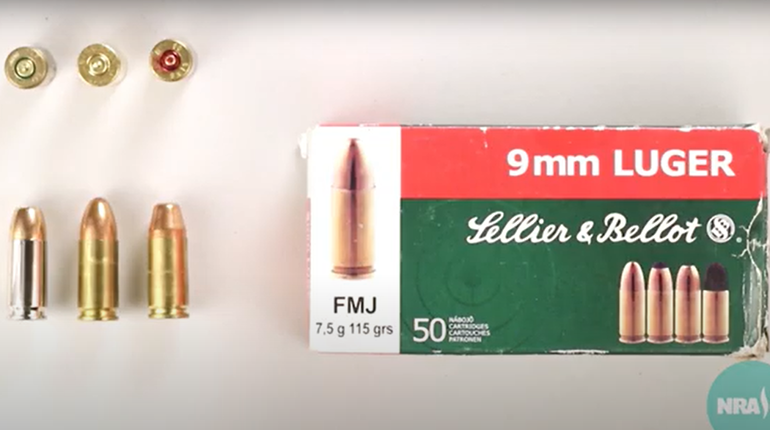
In the fall of 2021, Hollywood turned upside down when cinematographer Halyna Hutchins was fatally shot on the New Mexico film set of “Rust.” The tragedy immediately evoked comprehensive calls for reforms and safer sets, but more than 18 months in, industry veterans claim little has changed beyond the hurried reaction.
“There was this initial knee-jerk reaction of ‘okay, we’re no longer even going to use blanks. We will use AirSoft guns,’” recalled Kevin Kent, a former Navy SEAL turned in-demand actor and military advisor. “Unfortunately, stunt people get injured or die all the time, and nobody blinks an eye, and nobody says that stunts will now be banned. But because it was a gun, everyone had that knee-jerk reaction, and nobody stopped to wait for the facts and learn that this production cut corners and hired an armorer that appeared not to be ready for the job.”
However, the fear faded fairly fast. At the time of the “Rust” tragedy, Kent was filming seasons three and four of the popular “Jack Ryan” series in Europe, and although producers immediately pledged no more firearms, it didn’t take long for them to creep back onto the set. In reality, it is unlikely the use of real firearms in film and television will go away anytime soon.
“A gunshot adds so much to the actual acting; it gets you in the mood; when you see that muzzle flash, it gets you amped up and is much better for getting into character versus computer-generated effects or someone using an AirSoft,” Kent noted.
Moreover, many in the industry fear speaking out on the matter, given the topic’s sensitive nature.
“If you say Halyna’s death is not the fault of the firearm, you’re going against the narrative, but also saying guns should be banned from a set doesn’t work either, as action and shootouts are Hollywood’s bread and butter,” one Los Angeles-based entertainment attorney told me. “It is easier at this point just to say and do nothing.”
Nevertheless, some entertainment authorities are mandating small changes—arguably more bark than bite—as initial calls to prohibit all real firearms on set have gone nowhere. Last year, two rival California bills, one that endeavored to plunge into firearm regulations and another that sought a more widespread approach, including the mandatory hiring of a “set safety supervisor,” were stopped in a state senate committee.
To date, studios have resisted announcing any new training or safety measures regarding the use of firearms on set, prompting unions to lament that they cannot get studios to back “significant, meaningful and practical safety reforms.”
Meanwhile, involuntary manslaughter charges against Alec Baldwin, the actor accused of pointing the gun at Hutchins that ultimately led to her death, were dropped earlier this year. His union and attorney argued that the culpability cannot be placed on performers.
But not everyone agrees.
“It is incumbent on anybody that holds a gun to make sure that it is either not loaded or to know what it is loaded with,” stated Santa Fe District Attorney Mary Carmack-Altwies. “And certainly then to not point it at someone and pull the trigger. That’s where his actor liability, we think, comes in.”
And while the Directors Guild of America (DGA) 2023-2026 Tentative Contract Agreement includes some language to “expand mandatory safety training by adding new courses, including Firearm Safety,” little appears to have changed in educating cast and crew on the importance of responsible gun handling. Rather than respecting the importance of picking up or being around firearms, the largely anti-gun business—many Hollywood actors and executives have no qualms about speaking out against Second Amendment rights even as they make action movies starring heroes with guns—appears to have little interest in augmenting strategies to ensure sets are safe. While a few sets independently decided to host voluntary safety courses, sources say there is hardly a widespread effort to enact more safety protocols.
According to Kent, a couple of directors have since sought his expertise and training to “feel more confident” when dealing with shootout scenes. “Productions should invest a little more in teaching actors and stuntmen, directors and crew members and those behind the camera exactly what these weapons are capable of,” said Kent.


































